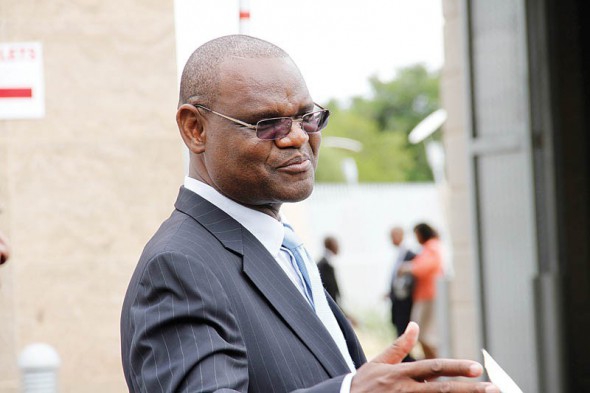Bank of Botswana has raised concerns over the growing non-performing loans in the banking sector’s books. Speaking at the opening of Bank Gaborone Maun Branch, central bank governor Moses Pelaelo said there is an emerging trend where customers cannot repay their loans.

When imploring the Maun community to engage banks with viable borrowing proposals that are sustainable and can yield positive returns, he also urged them to honour their obligations by adhering to the repayment programme agreed with banks.
“…..I am making this point because the Bank of Botswana is concerned about the recent observed upward trend in non-performing loans,” Pelaelo said.
According to the central bank governor, while this trend could be, in part, due to sluggish global economic activity and idiosyncratic business performance and environment, there is some evidence of lack of financial discipline on the part of some individuals and poor management practices by some businesses.
“There is also an undesirable creeping culture, on the part of some customers of banks, of failing to repay their obligations to banks according to the agreed schedule.”
He cautioned that where a borrower is in default, the bank is entitled to institute lawful, procedural and ethical recovery procedures including attachment and liquidation of property pledged as collateral to recover its money.
“Moreover, providing for a loss or writing off a loan in the bank’s books, as a non-bankable asset, does not extinguish the debt the customer owes to the bank,” he said.
“The defaulting customer continues to be obliged to repay”.
Pelaelo however said the Bank of Botswana stands ready to inject and/or withdraw liquidity from the banking system and, also, provide overnight credit facilities to solvent banks, if needed, to meet temporary liquidity shortfalls.
These form of support by central banks is common across the world, as it is central to the primary objective of “fostering monetary, credit and financial conditions conducive to the orderly, balanced and sustainable economic development” of the country.
As regards the current status and health of the banking system, “I can report that banks have sufficient liquidity”, totalling approximately P19 billion, inclusive of Bank of Botswana Certificates and balances held abroad, both of which could be liquidated in case of need, with minimal capital loss, to finance any effective and viable demand for credit.
“However, it should be noted that the distribution of liquidity amongst banks will vary from time to time.”
Bank Gaborone Maun branch
Last year, on March 22, the bank opened its doors to the residents of Palapye, that was just two years after the opening of the Kang branch (in 2014) in Kgalagadi North, where, by the way, to date, Bank Gaborone is the only bank in that village.
It is, therefore, commendable that in a period of three years, Bank Gaborone has added three new branches, to take the total to 9 and 17 Automated Teller Machines (ATMs), observed Pelaelo.
Bank Gaborone is a member of the Capricorn Group – a financial services group with its roots in Namibia, offering banking, insurance and asset management services in Botswana, Namibia and Zambia. In Botswana, the bank’s financial position has grown steadily since commencement of operations, in 2006.
Total assets increased from P268 million in June 2007 to P4.6 billion in June 2017; lending increased from P197 million to P3.2 billion in June 2017; while deposits grew from P188 million to P3.9 billion in June 2017. The bank has, therefore, in a relatively short period, mobilised approximately P4 billion worth of financial resources.
